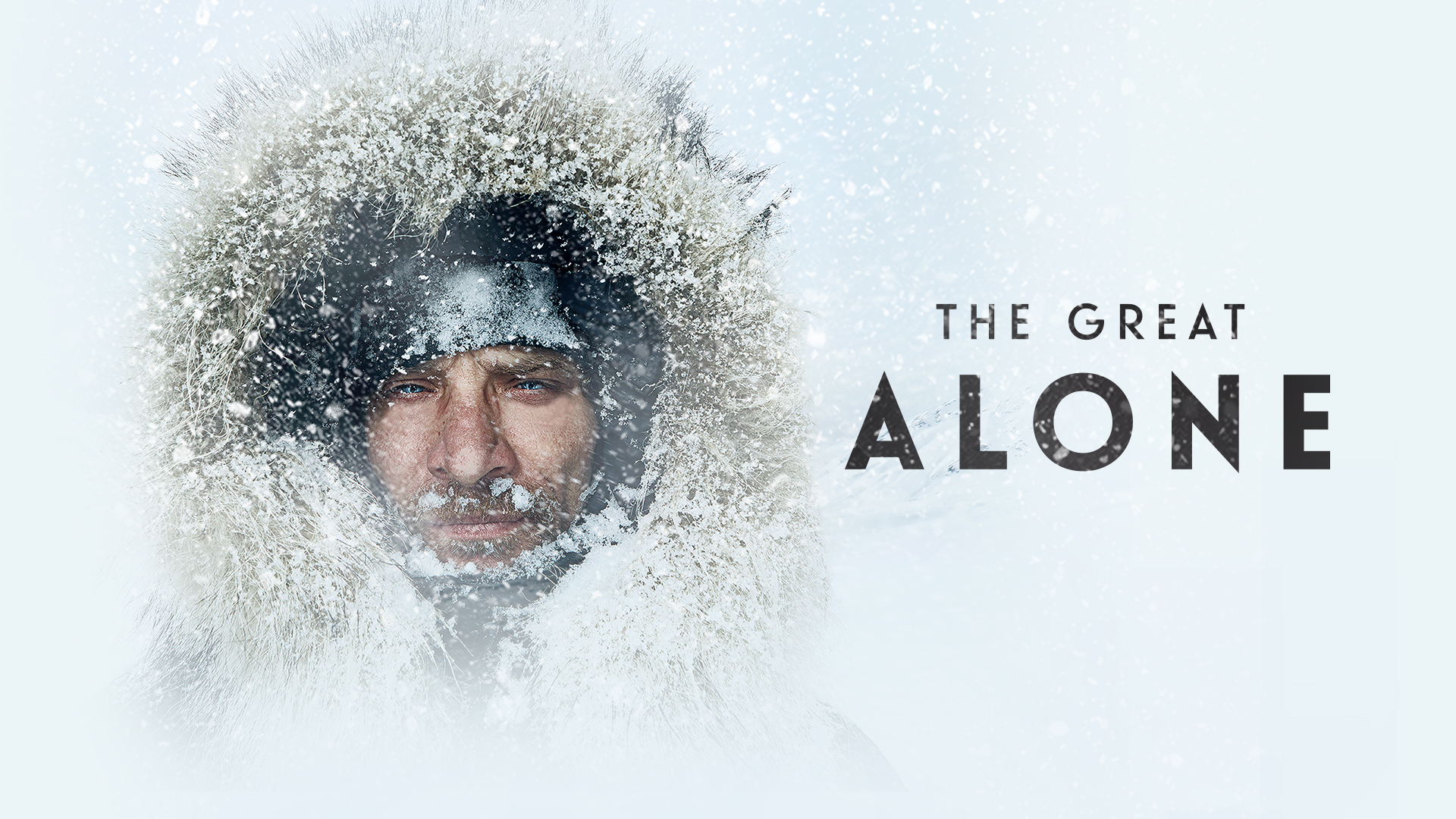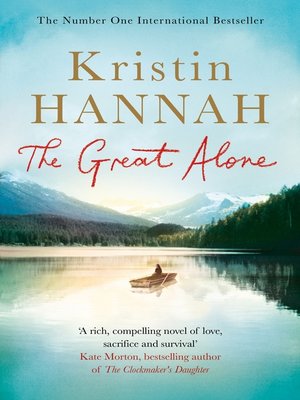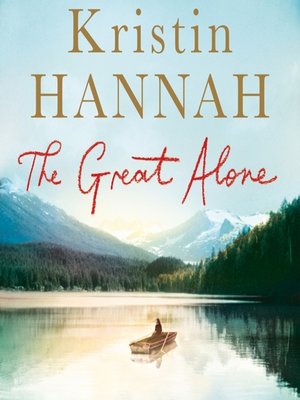
The people knowing that each has come for their own reasons, are careful in not overstepping their boundaries allowing everyone to find their own way but knowing no one can survive if they aren't able to take help when it's needed. The people in town became their own family as much from necessity as from needing to connect with others who sought out the adventure of living "off the grid" in one of the most beautifully natural areas still considered a frontier. It showed the beauty and allure of Alaska along with the reality of life in Alaska which was as difficult as it was wonderful. Reading this novel I felt I was watching a story unfold page by page, character by character. The relationships between mother and daughter, mother and father, Leni and Matthew, father and Mad Earl, among others, are clear and determine the vector and velocity of the plot.

The terror of living with an out of control abuser suffering from PTSD after surviving as a POW in Viet Nam is also clear. The wildness of nature and the difficulties of surviving in Alaska during the 1970’s and 80’s is made excruciating clear.

Matthew, a classmate of Leni’s, becomes her only friend. Unfortunately, Leni’s father is friend and compatriot with Mad Earl, a rabid anti-government survivalist. Leni learns to love Alaska and the “wild” life style her father has decreed for the family. Taken under the wings of Large Marge, a successful homesteader and formerly successful big city prosecutor, the family quickly learns to be relatively self-sufficient.

They are woefully unprepared for the rigors of homesteading in America’s last wilderness. But is it a story of love for the beautiful wildness of Alaska or the wildly beautiful love of a father for his wife and daughter? Leni’s father has decided the family will move to Alaska where he will finally be happy. Hannah has written a tense, terrifying love story.

Which would you rather do? Die by freezing, starving or being mauled to death by “Alaska” or die at the hands of your abusive, PTSD addled father?


 0 kommentar(er)
0 kommentar(er)
